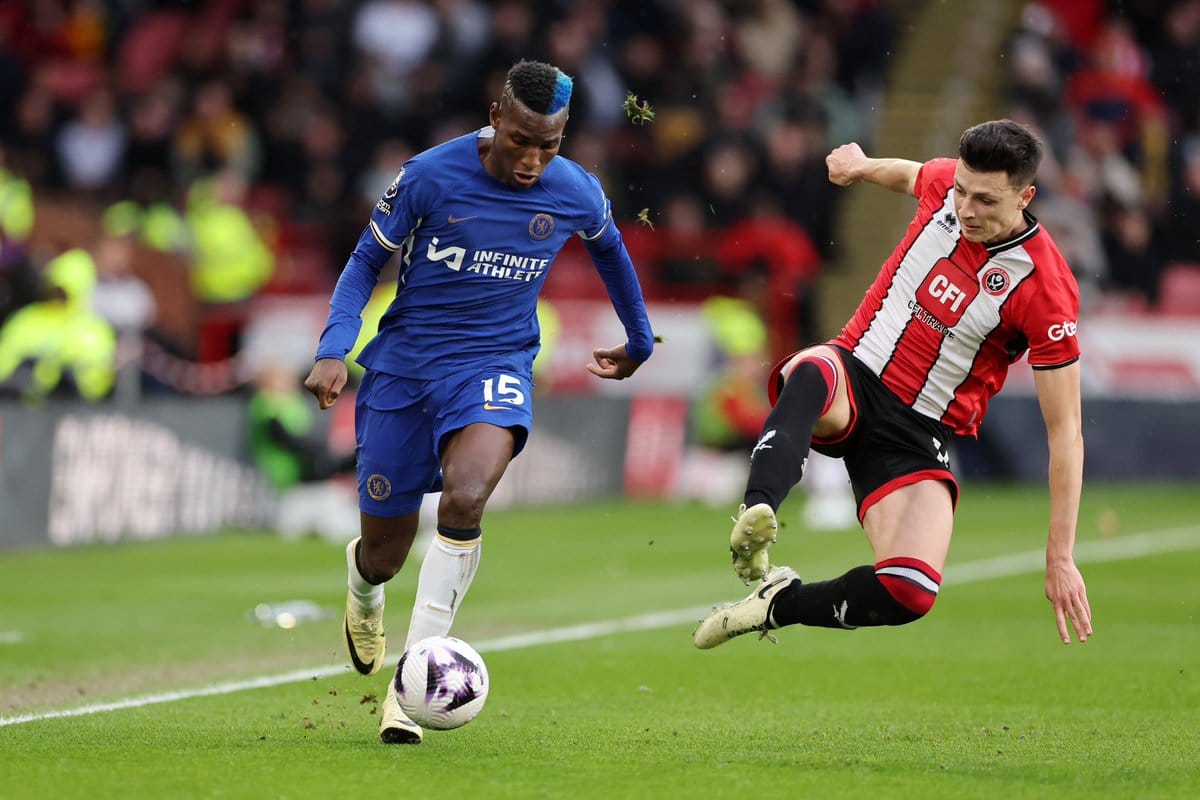Avoiding the Description Trap when Scouting (or Analyzing)
Public analysis tends to elevate description to the level of insight, occasionally veering into fiction. How avoid that pitfall?

Welcome! All protocols observed. It's 12.08pm in Kansas, and I am writing from one of my campus's dining halls. A cold glass of juice and the light conversational buzz fill the gaps between my thoughts and words.
The topics in this piece are issues I haven't managed to fit into the current non-trivial scouting cues series.
Targets for this Piece
Effective analysis should unravel and simplify, not complicate.
Effective scouting should yield predictions or prescribe solutions, not just describe.
Public analysis, however, tends to elevate description to the level of insight, occasionally veering into fiction. I can be guilty of this myself.
- "The coach is good because he builds up in a back three."
- What are the principles of this back three, and how do they differ from other coaches'?
- Is this shape the same against all types of opposition pressure?
- "In buildup, a 3-2-5 base is better than a 3-1-6"
- How so? And please, don't say that one has more options between the lines.
- "X player likes to step off his line."
- Do they 'like to' (as in a preference) or is it a feature of the system they play in?
The superficial approach (first-line) overlooks the true essence of analysis, which is not just to describe what is happening on the field but to consider why and how certain actions are effective – and how they might play out under varying conditions.
Similarly, when curating scouting reports, it is easy to get bogged down with descriptions (what is a player doing) and not prescription (what could a player do). The former, I find, misses the core actionable part of any informative report. Here are four questions that assist us:
- What are they capable of doing – not what we see them doing?
- Instead of merely cataloging a player's actions, effective scouting probes deeper: What are they capable of doing under different conditions?
- How well can they do it?
- How well a player executes their skills is as important as what they execute. Quality assessment involves analyzing the efficiency, effectiveness, and consistency of a player's actions.
- Can we benchmark it against any archived setting?
- By comparing a player's abilities and performances against archived examples — whether past players, previous seasons, or different environments — we gain perspective on their potential trajectory and contextual performance.
- Where is the ideal environment?
"What I cannot create, I do not understand." – Richard Feynman.
This essay is extrapolated from a tweet Archive [June 27, 2023]
Player Traits and Environment
Scouting must differentiate between player traits that are independent of the system and those that are influenced by it. Here’s how we might categorize these traits:
Independent Traits: These are qualities a player exhibits regardless of the system they are in, such as inherent speed or mental toughness. Identifying these traits helps scouts recognize skills that will likely transfer across different teams or strategies.
Facilitated Traits: Certain abilities are enhanced by the system a player is in, such as a midfielder's playmaking ability in a team that dominates possession. Recognizing these helps understand the conditional aspects of a player's performance.
Hindered or Suppressed Traits: Some environments might hinder or suppress a player's abilities, like a creative forward playing in a highly defensive system. Scouts need to identify if a player's full potential is being constrained by their current environment.
Professionally, scouting requires us abstract a player's profile from their environment.
— Joel A. A. (@joeladejola) June 27, 2023
We need to identify which traits are:
– Independent of...
– Facilitated by...
– Hindered by...
– Entirely suppressed by...
This methodology supposes that skills exist on a spectrum, not 1/0 pic.twitter.com/7r2DLez2ii
Tweet Archive
The Importance of Athleticism in Scouting
Athleticism is one attribute that tends to transcends a tactical system or coaching style. Yet, its subtleties can be overlooked – or inadequately probed – in reports. Here’s why athleticism should be a focal point in scouting:
1. System-Independent Utility
- Athletic traits such as speed, endurance, and physical strength are less contingent on the playing style or tactical approach of a team. For example, a player who can maintain high levels of performance in the 90th minute is valuable in any tactical setup. Their ability to exert physical influence towards the end of games can be a deciding factor in tight matches.
2. Impact Across Different Scenarios
- All things equal, stronger athletes can adapt more easily to different leagues, teams, or playing conditions. Their physical capabilities allow them to meet diverse tactical demands, and can also alleviate the transition period to a new system.
3. Benchmark for Scouting
- Evaluating a player’s athleticism provides a baseline from which other traits can be assessed. For instance, a scout might note that while two players have similar technical capacities, the player with superior athleticism might have a higher ceiling in terms of development and adaptability.
Football is a sport. Sports are dominated by the best athletes. A crucial component of this is the physical aspect. It's surprisingly easy to forgot that.

Off-Camera Observations in Scouting
Most of the moments that truly define a player's true character and capabilities happen off-camera. This is the case for supplementing video scouting with in-person scouting – where possible.
Attending games in person allows scouts to observe nuances that cameras typically miss. This includes a player’s communication with teammates, off-ball movements, and reactions during various game states — factors that provide deep insights into a player’s tactical understanding and psychological attributes.
Here are other cues that scouts look for:
- Positioning and Spatial Awareness: How a player positions themselves relative to teammates and opponents when off the ball.
- Leadership and Communication: Observing whether a player organizes or motivates their team, especially under pressure.
- Adaptability: How a player reacts to tactical changes during the game or adjusts to unforeseen challenges.
What Next?
If you enjoyed this, consider subscribing to BallerzBantz, following us on Twitter, and sharing this with someone.
Join us to stay ahead and contribute to this burgeoning community.
Who is the Writer?
Joel A. Adejola is an undergraduate at the University of Kansas (KU), studying Engineering and Philosophy.



